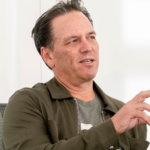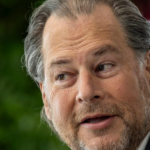“Uncertainty about the economic outlook has increased further,” Fed officials said Wednesday after their first post-Liberation Day meeting. “The Committee … judges that the risks of higher unemployment and higher inflation have risen.”
In a widely expected move, the Fed kept the federal funds rate unchanged at 4.25% to 4.5% amid persistent uncertainty related to Trump’s tariff plans. The president’s sweeping agenda includes a 10% blanket tax on other countries and 145% levy on China. News of empty ports and the absence of trade deals has left investors anxious. That said, the market has rebounded from the steep sell-off it experienced in the immediate aftermath of Trump’s tariff announcements.
For his part, Powell said in a Wednesday afternoon press conference that if the “large increases in tariffs” Trump recently unilaterally implemented are sustained, a rise in inflation is likely, as is a slowdown in economic growth and an increase in unemployment.
He added that the policy rate is in a good spot as the central bank waits for more clarity on how Trump’s tariff policies ultimately shake out.
“We don’t think we need to be in a hurry. We think we can be patient,” he said, adding that Trump’s calls to lower rates have no effect “at all” on the Fed’s job.
“We are always going to consider only the economic data, the outlook, the balance of risks and that’s it,” said Powell. “That’s all we are going to consider.”
“It seems to be we’re entering a new phase where the administration is beginning talks with a number of our important trading partners and that has the potential to change the picture materially — or not,” he said. “It’s going to be very important how that shakes out.”
The Committee’s declaration that the risks related to higher unemployment and higher inflation have grown “provides a thinly-veiled critique of the new administration’s import tariffs,” says Samuel Tombs, chief U.S. economist for Pantheon Macroeconomics.
It also “represents an assertion of independence,” he says. “For now, though, the FOMC sees these risks as evenly balanced, and wants to wait for more information before reducing the funds rate again.”
The Fed next meets in mid-June.









